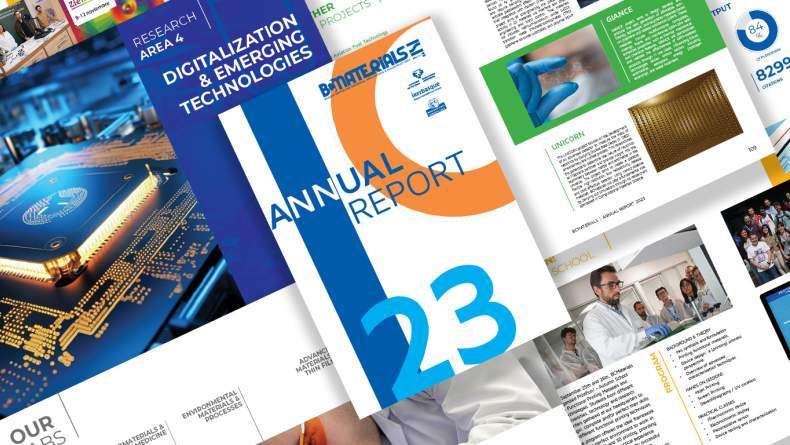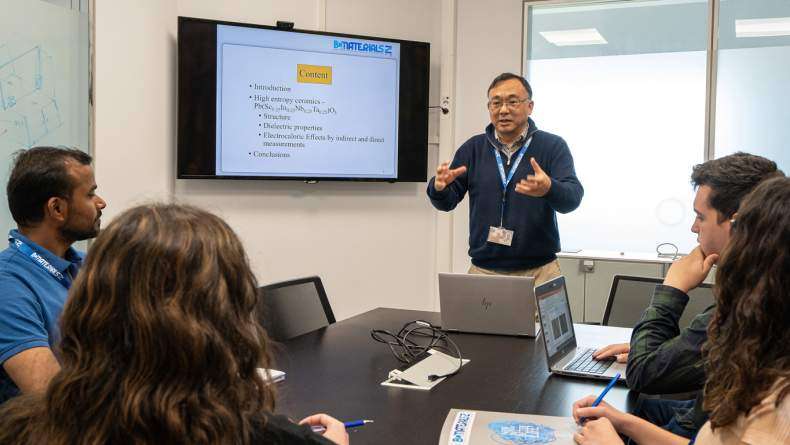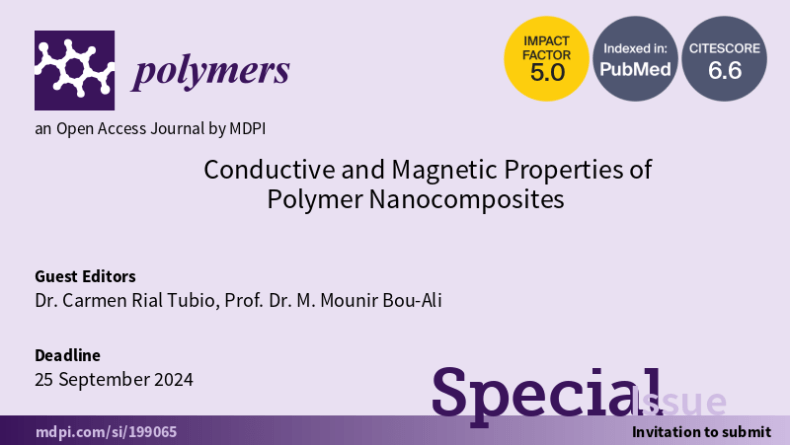BCMaterials Fortnightly Seminars #14

[break]
“Permalloy nanodisks prepared by colloidal lithography for biomedical applications”
Maite Goiriena
Magnetic nanoparticles are extensively studied for biomedical applications because their size are comparable to biological entities, while providing remote capabilities of actuation. Disk shaped ferromagnetic nanostructures display an attractive alternative to chemically-synthetized oxide nanoparticles that are used normally. First, Permalloy (Py) nanodisks display much higher saturation magnetization and second, with the appropriate dimensions, they can present a spin vortex magnetic configuration, which leads to net zero magnetization at remanence, eliminating the problem of particle agglomeration. Therefore, Py nanodisks present a huge potential for biomedical applications, ranging from cancer cell destroy by hyperthermia or mechanical actuation to MRI contrast enhancement and drug delivery. In fact, micrometric disks has been shown to produce cell apoptosis by their mechanical oscillation under a low ac field. Disks in the nanometer scale might cross cell membrane expanding the biomedical possibilities.
The fabrication methods of nanostructures such as electron beam lithography or deep UV photolithography offer a high control on particle size and geometry, but they imply either a very low yield production or the use of state of the art and expensive equipment. As a satisfactory alternative, self-assembling routes provide high volume and low cost production of Py nanodisks. In this work we demonstrate the excellent capabilities of Hole-mask Colloidal Lithography (HCL) to produce high quality Py nanodisks with a yield adequate for biomedical applications (several micrograms per cm2, approximately 1 miligram in a 2´´ wafer).
The parameters of HCL process allow to obtain Py nanodisks with different dimensions controlling a well-defined magnetic vortex state. Effective procedures for releasing the fabricated nanodisks from the substrate are under development, which will permit in vitro biomedical experiments.
“Nanocellulose for flexible electronics” Eduardo FernándezSummary The main objective of this investigation is to use the cellulose as substrate for electronics. The cellulose when crystalizes is opaque, however can be fabricated in a manner where are crystalized clusters with different grain sizes. In this case the cellulose is transparent. We characterize the structural properties and its dielectrical properties of the cellulose for flexible electronic applications.
Related news
Pint of Science Festival Bilbao 2024 (May 13-15)
BCMaterials collaborates once again with the Bilbao edition of the Pint of Science science outreach festival. The center also coordinates the event, which will bring 24 talks to four bars in the city…BCMaterials Annual Activity Report 2023
BCMaterials has presented its 2023 Annual Activity Report. The document includes the highlights of the center's scientific activity during the past year, which continues on an upward trajectory in…BCMaterials opens its 2024 PhD program
BCMaterials has opened its 2024 PhD program by offering 4 predoctoral contracts to students who want to complete their thesis at our center. The profile of the candidates is students of Chemistry,…Call for papers – ‘Polymers’ Special Issue
BCMaterials researcher Dr. Carmen Rial has been selected, along with Prof. Dr. M. Mounir Bou-Ali from the University of Mondragon (Spain), as Guest Editor for the special issue of Polymers (ISSN 2073…



